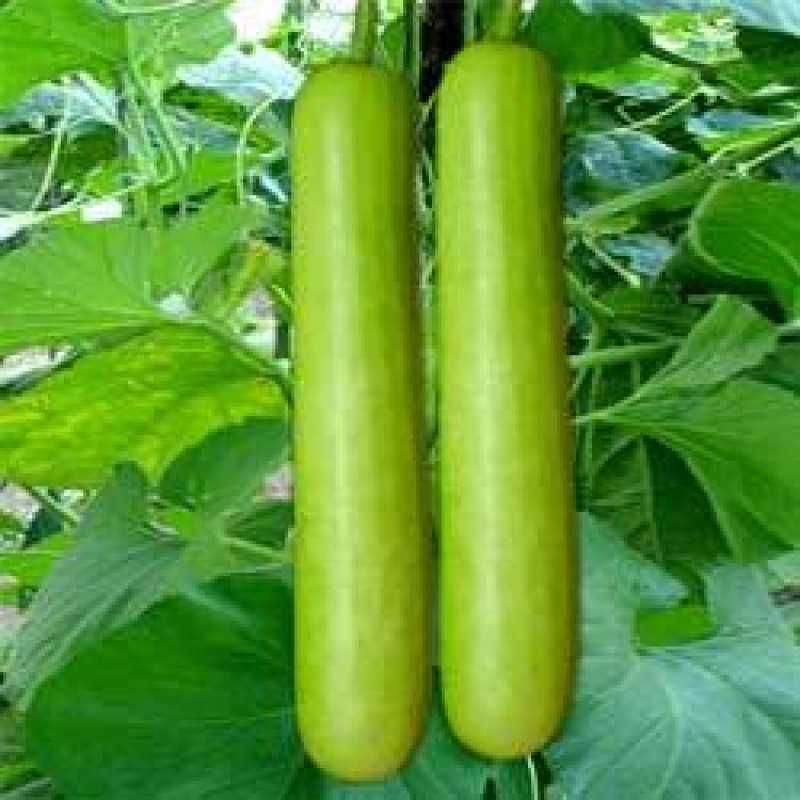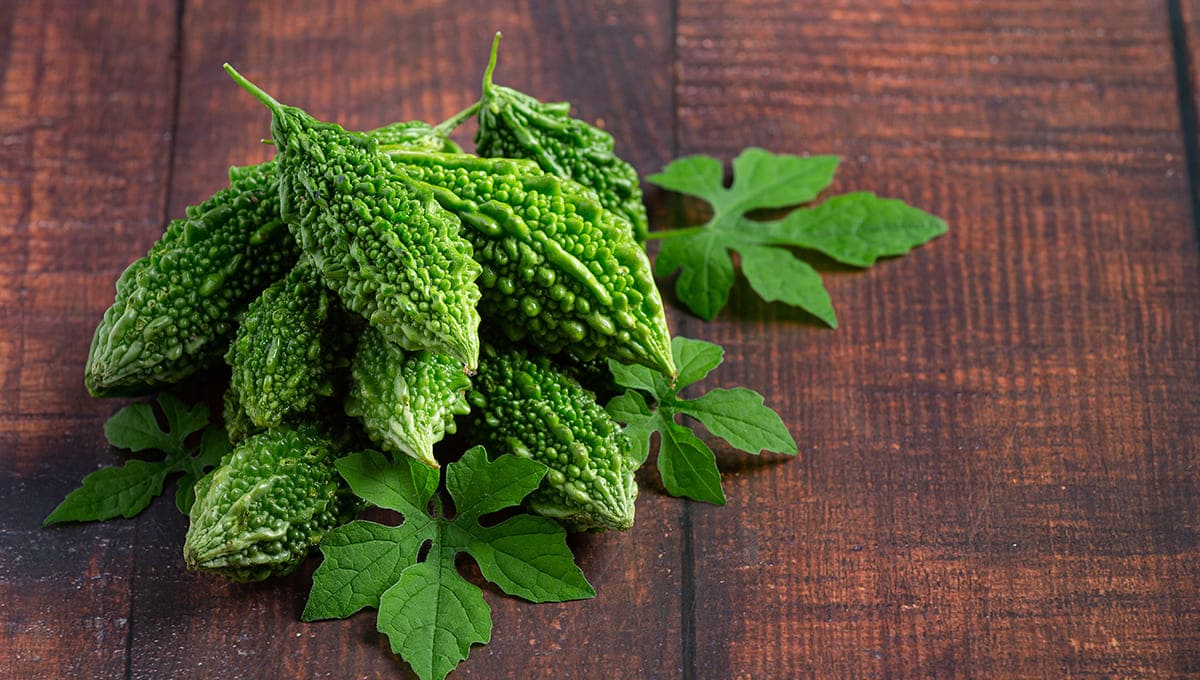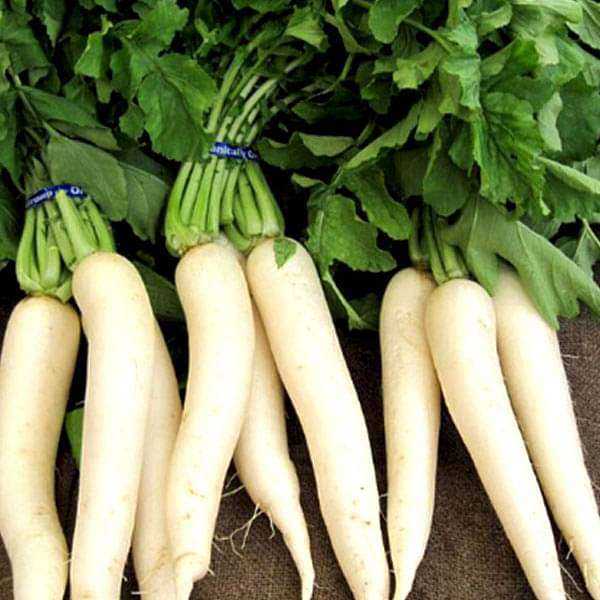Not only do we enjoy, plants too. After all, they get a shower of water and fresh air, which lush their wilting leaves again. Here I am going to share with you the 8 best rainy season vegetables in India or the best monsoon season vegetables in India
Before, take a look at the best rainy season crops, and then we move on to how to grow and care for them. Here I am going to show you a little difference through a table. Go through it and choose which suits your senses and can grow in the rainy season.
| Sr. No. | Vegetables | Growing Period (North-India Monsoon) | Growing Period (South-India Monsoon) | Ideal Temperature | Sowing Method | Sowing Depth | Sowing Distance | Harvesting Period |
| 1 | Tomato | Jun- Aug | Jun-Jul | 70-95�F
20-30�C | Transplant | � inch | 3-4 inches | 110-150 days |
| 2 | Brinjal | Mid-June | Jun-Jul | 55-60�F
13-21�C | Direct | 1 inch | 4-5 inches | 50-60 days |
| 3 | Okra | Jun-Jul | May-Jun | 60-75�F
20-32�C | Direct | 1 inch | 10-12 inches | 50-60 days |
| 4 | Cucumber | Jun-Jul | Jun-Jul | 60-95�F
16-32�C | Direct | 1 inch | 2-3 inches | 50-70 days |
| 5 | Radish | Aug-Jan | Jun-Jul | 45-90�F
10-30�C | Direct | � inch | 2-3 inches | 20-28 days |
| 6 | Green Chillies | Aug-Sep | Aug-Nov | 70-85�F
30-32�C | Direct | 1 inch | 3-4 inches | 50-60 days |
| 7 | Beans | Jul-Aug | Jun-Jul | 50-70�F
10-20�C | Direct | 1 inch | 3 inches | 35-50 Days |
| 8 | Gourds | Jun-Jul | Jun-Jul | 60-70�F
20-32�C | Direct | 1-2 inches | 2-3 feet | 50-60 days |
1. Tomato
Tomatoes are one of the main recipes of every kitchen. With its versatile use, it never leaves a dish without flavouring it. But no one can say when the tomato price will hike, so it is better to grow your own. And what is better than these homegrown juicy tomatoes for your favourite dish.
Tomatoes are easy to grow. The ideal time to grow tomatoes is the rainy season in North India i.e. between Jun-Aug. And for South India July-Aug is best. Give your tomato plants a sun love daily, and prepare the soil with a well-drained, fertile Organic Potting Mix.
A brief guide to growing tomatoes
- Choose a site where tomato plants can get 5-6 hours of direct sunlight.
- Grow them in an ideal temperature ranging between 21 to 27?.
- Sow the seeds in the potting mix about 1/4 inches deep and 3-4 inches apart.
- Give them a drink of organic Plant Food for better rooting and growth.
- Once the tomatoes reach bright red colour and achieve their ideal size (see the seeds tag), harvest your tomatoes.
2. Brinjal
The second best plant for the rainy season in India is brinjal. This veggie is also known as eggplant, rich in calcium, fibre, and iron. As a part of many cuisines worldwide, it will enhance the taste of the dish. Interestingly, brinjal is easy to grow at home in a pot and here�s how to do it
- Choose a big spot as brinjal needs space to thrive in comparison to other plants.
- Be sure to keep the soil moist, and pick a sunny spot.
- Sow the seeds directly in the garden or pot, about 1 inch deep and 15 cm apart.
- Water brinjal plants regularly. After 2-3 weeks, the seeds will start germinating.
- Besides water and sunlight, feed them with Organic Plant fertilizers.
- Harvest your brinjal about 1-2 months of the plantation.
So, whatever your mood...Indian, Italian, Chinese, pluck the homegrown brinjal and start the show!
3. Okra / Lady Finger / Bhindi
Ladyfinger is a favourite of almost every Indian. Rich in Vitamin A and has low calories, great addition to your meal. Okra is lovely throughout the year because of its beautiful flowers. Start plantation in the rainy season. Bhindi is easy to grow the plant. Here�s how to grow it at home
- Pick a spot that gets full sun as Okra prefers full sunlight.
- Sow the seeds about 1/2 to 1 inch deep and 12-18 inches apart from one another in a row.
- Soak the seeds in lukewarm water overnight to speed up the germination of okra.
- Water the Ladyfinger plants well throughout the growing period.
- After 2 months on the plantation, your first harvest is ready. Once the bhindi is tall about 2-3 inches, harvest it.
Enjoy the fresh Ladyfinger as you like, pickles, stir-fried or raw.
4. Cucumber
Growing cucumber is fun for you besides learning gardening tips. Known widely as salad, great filling for your sandwiches. It loves water and the sun. So, water them whenever they look dry and upset. You need less space to grow it because of its crawling ability, so its all on your side. Cucumber is easy to grow, but all you need to know some key points:
- Choose a spot where your cucumber plants can get plenty of sunlight. Its better to prefer moist and well-drained soil.
- Sow the seeds about 1 inch deep and 2-3 inches apart in a row.
- If you want to grow cucumbers indoors or have less space for gardening. Then, support your plants with trellis.
- Trellising will also protect the fruit from being damaged from moist ground.
Cucumber suits an ideal temperature of 16-32 degrees.
5. Radish
The peppery flavour radishes are something, which you wont miss in your meal, whether as a salad or main diet. Also, used in soups because of its lips smacking taste. The best part is.. it will be ready for harvest within 3 weeks after plantation, allowing you to grow multiple times a growing season. It prefers the monsoon season to grow well.
Radish takes less space to grow, and in India, August to January is the best time to plant it. Lets have a deep look:
- Radishes prefer partial sun, so choose a spot where they can get sun with partial shade.
- Plant the seeds in loose and well-drained soil. But before that clear the soil bed, remove rocks. It allows the plant to grow properly.
- Sow the seeds 1/2 inch deep and 2 inches apart. And in a row, plant 1 foot apart.
- After 5 days, the seeds will start to germinate.
- And ready for harvest in 35 to 40 days of the plantation.
Just pluck them and enjoy the fresh one! Read more about How To Grow Carrots At Home to master it.
6. Green Chillies

Monsoon season is the best time to spice up your dishes with green chillies. No Indian food can go without these hot chillies, as we love spicy ones. Start your own gardening of chillies with these easier tips at home. They perfectly grow in warm and humid weather. Heres more about how to grow green chillies in easy steps:
- Chillies prefer a sunny spot with partial shade, so pick the place accordingly.
- Start growing green chillies in containers because it is easier than a ground plantation.
- Choose a container that is 3-4 inches deep and make some drain holes in it.
- Plant the seeds about 1 inch deep.
- Place the chilli container in a spot that gets 5-6 hours of sunlight.
- Water and care for your plants every day.
After almost 50-60 days of sowing, harvest your green chillies.
7. Beans
Beans are the best vegetable plant for beginners. Moreover, bean nutrition and productivity are the reason to choose this veggie for indoor planting. In India, the monsoon is the best time to grow beans i.e. July to August. Beans - one more name in this easy to grow vegetable list. They need less maintenance, and a bigger yield, great for every gardener. They are the choice of those people who want to grow indoors. Heres more about growing beans at home:
- Choose a spot that gets both sun and shade for better growth.
- Keep your soil moist. Water them when the top layer of soil looks dry.
- Plant beans directly into the ground. No need for transplantation.
- Plant the bean seeds 1 inch deep and at least 3 inches apart. Cover the seeds properly and water them properly.
- After 1-2 months, your beans will be ready for harvest.
Enjoy the flavouring, nutritious greens with dishes, soups and many more!
8. Gourds

Gourds are one of the monsoon season plants, which comes in many species, with their unique shape, size and colour. Plus, they are easy to grow and need less attention. Lets dive into gourds gardening.
- Pick the variety which you like or suitable for your region.
- Sow the seeds 1-2 inches deep in a group of 3-4 seeds. And space 4-5 feet between two neighbouring gourd plants.
- Give them support or trellis for better growth. Or you can also give them wall support.
- Harvest small gourds as they start getting mature and attain their colour.
Enjoy the fresh nutrition-packed beans!
Growing with healthy, Non-GMO seeds leads to a bigger production. Click here to purchase vegetable seeds online in India.
Whatever you choose from the above list, dont forget to feed them with Organic Plant Fertilizers. Best for vigorous growth and better yield.
Want to start gardening, but dont have a proper garden bed? Amend your garden with Organic Potting Mix, obtained with all key nutrients and plant minerals for better support.









